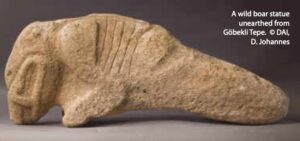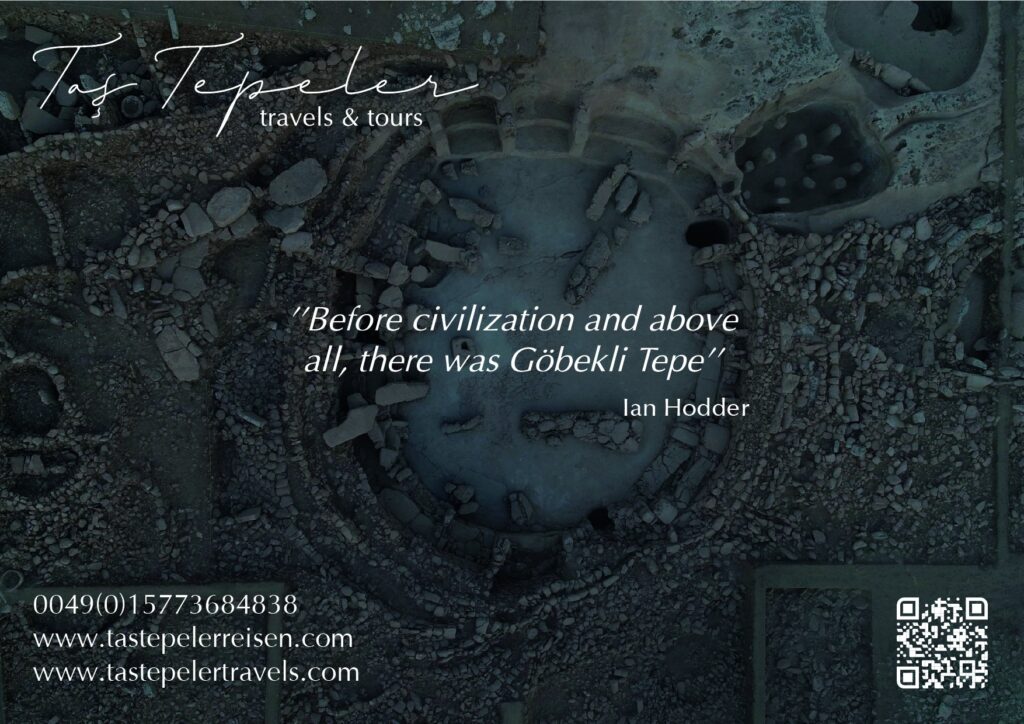What modern lifestyles owe to Neolithic feasts GÖBEKLİ TEPE: The early mountain sanctuary at Göbekli Tepe and the onset of food-production
We remember Klaus Schmidt with love and longing, our teacher, bosom friend, comrade whom we appreciate for giving us the chance to recognize Göbekli Tepe and work in that extraordinary place all together”
About 15 kilometres to the north-east of the modern metropolis of Şanlıurfa in southeastern Turkey, the tell of Göbekli Tepe is situated on the highest point of the barren Germuş mountain range. he mound, with a height of 15 metres and an area of about 9 hectares, is completely man-made – covering what has to be considered the earliest yet known cult architecture constructed by man, raised by intentionally bury- ing it about 10,000 years ago. These buildings represent monumental enclosures constructed by hunter-gatherer groups during the so-called Pre-Pottery Neolithic (or in short: PPN) period after the last Ice Age – architecture even predating the invention of pottery. Neolithic traces in form of huge amounts of lint lakes, chips, and tools were just recognized and described at Göbekli in the course of a combined survey by the Universities of Istanbul and Chicago in the 1960s, but the monumental architecture the mound was hiding remained unrecognized until its discovery in 1994 by Klaus Schmidt.



